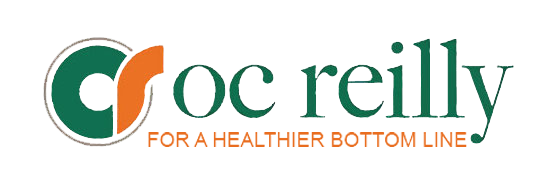By Bill O’Connor, President and CEO, OC Reilly, Inc.
(May 1, 2019)–Andrew Carnegie once famously stated his approach to building a successful business as controlling what one can, to stave off the effects of what one cannot.
In today’s American health care industry, supply chain emerges as a key piece in the first part of Carnegie’s statement, while the impact of drug costs fits the second part.
“Most hospitals have had to juggle budget priorities in recent years to accommodate increasingly expensive drugs, according to a survey issued in January by NORC at the University of Chicago,” reads an article* in the February 2019 edition of HFMA magazine. “From FY15 to FY17, almost two-thirds of hospital respondents to the survey reported that changes in drug prices had a moderate to severe impact on their budgets, with more than 15 percent of hospitals indicating that the increase in drug prices impacted their budgets ‘to a large extent.’
“Responding executives interviewed in conjunction with the survey reported that increased drug spending impacted many aspects of their operations, prompting them to implement a range of approaches to control spending,” the article continues, “including changes in day-to-day operations and systemwide strategies.”
One of the easiest and most effective areas where health systems can achieve seven-figure savings comes in a thorough survey, analysis, and improvement strategy regarding its supply chain relationships, contracts, bidding parameters, quality control, and standardization.
Using supply chain as a counter-balance to outside forces like higher drug prices, hospital systems can better manage their overall costs in the ongoing process of remaining economically viable and growing.
With the right supply chain systems in place, health networks can make the most of what Andrew Carnegie knew to be successful – controlling those elements of the business that you can, in anticipation of handling those you cannot.
© 2019 OC Reilly, Inc.
* https://www.hfma.org/Content.aspx?id=62805
